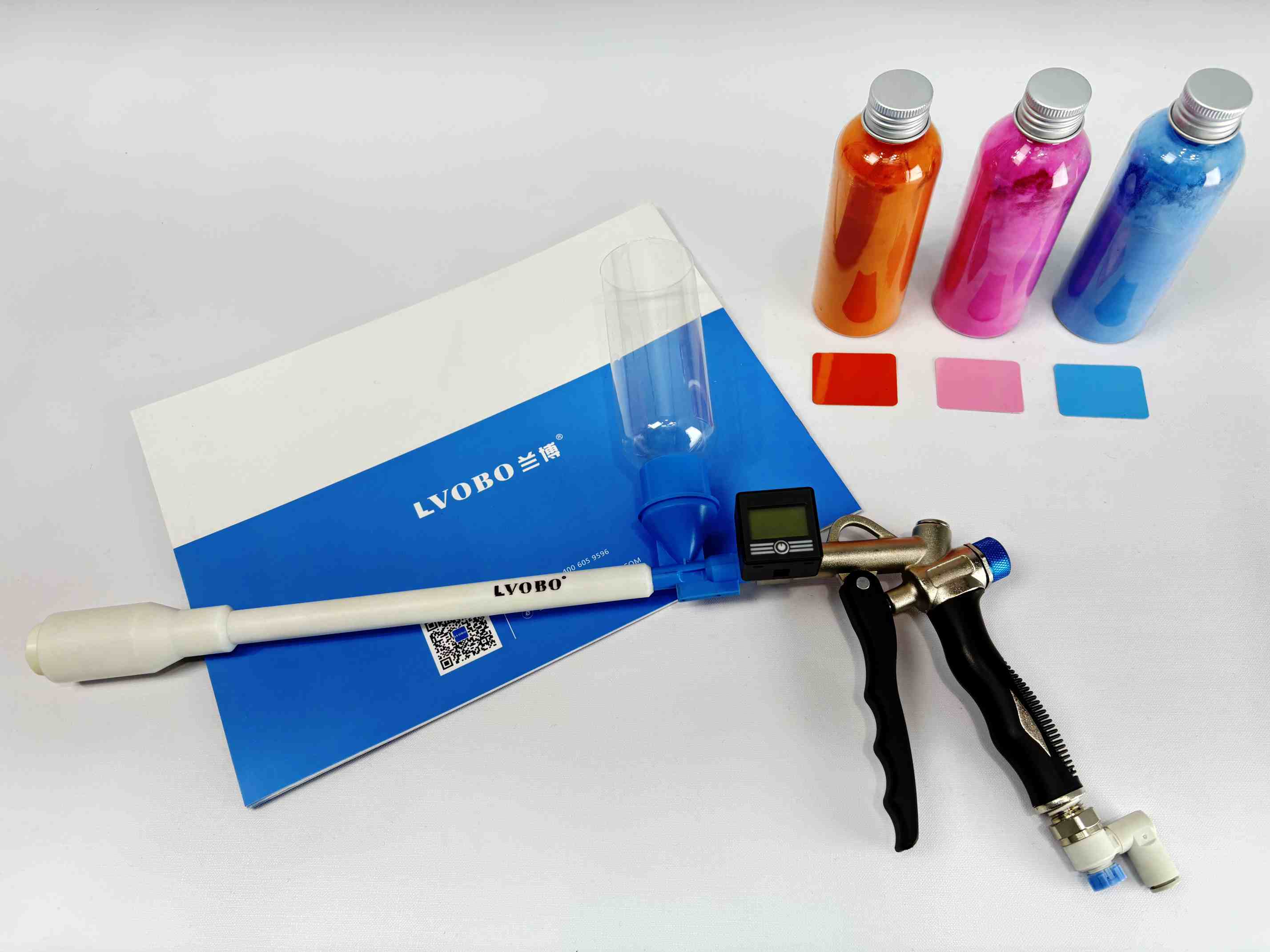Khi đặt hai yếu tố này trên một thang đo cân bằng, thì xu hướng thân thiện với môi trường gần như chắc chắn nghiêng về sơn tĩnh điện.
"Mùi" của sơn thực sự là nhược điểm lớn nhất về mặt môi trường của nó—hợp chất hữu cơ dễ bay hơi (VOC). Trong quá trình thi công, 30%–60% dung môi sẽ phân tán vào không khí, trở thành tiền chất của ozone và PM2,5, gây ra mùi hôi thối và tác hại đến môi trường. Ngay cả khi chuyển sang sơn gốc nước, chúng vẫn chứa 5%–15% VOC và quá trình sấy khô đòi hỏi thêm chi phí năng lượng.
Mặt khác, sơn tĩnh điện hoạt động như một ứng cử viên "không phát thải": được tạo thành từ 100% bột rắn, được hấp thụ tĩnh điện và sau đó được xử lý ở nhiệt độ cao, gần như không giải phóng VOC trong suốt quá trình. Bột phun thừa được tái chế hoàn toàn bằng hệ thống thu hồi, đạt tỷ lệ tái chế lên đến 99% và gần như không tạo ra chất thải. Trong suốt vòng đời, lượng khí thải carbon của nó là 30%.–thấp hơn 50% so với các loại sơn gốc dung môi truyền thống và tạo ra 4–6 kgs ít CO2 hơn₂tương đương trên mỗi mét vuông, thực sự mang lại "tiền thưởng tích hợp" trên thị trường giao dịch carbon.
Tất nhiên, sơn tĩnh điện cần điện để làm nóng, nhưng nhiệt độ nung của nó là 180–200℃ thấp hơn đáng kể so với 230℃ Tiêu chuẩn cho sơn fluorocarbon. Hơn nữa, với việc áp dụng công nghệ đóng rắn hồng ngoại mới, mức tiêu thụ năng lượng tiếp tục giảm. Ngược lại, sơn không chỉ gây ô nhiễm thông qua dung môi mà còn đòi hỏi thêm các thiết bị "xử lý sau" như tủ màn nước, bộ lọc than hoạt tính và bộ oxy hóa nhiệt tái sinh (RTO), làm tăng thêm mức tiêu thụ năng lượng.
Do đó, nếu bảo vệ môi trường là một câu hỏi bắt buộc, thì sơn tĩnh điện đã đưa ra câu trả lời trước: không có VOC, tỷ lệ tái chế cao và lượng khí thải thấp. Ngay cả giới hạn VOC mới nhất của EU là 50 g/L cũng không gây ra mối đe dọa nào. Tuy nhiên, sơn vẫn đang "đổ mồ hôi" trong phòng thi.—trừ khi họ có thể loại bỏ hoàn toàn dung môi trong tương lai, sơn tĩnh điện đã dẫn đầu đáng kể trong cuộc đua bảo vệ môi trường.

Ví dụ, máy sơn tĩnh điện nhỏ gọn và nhẹ của Lvobo, model BO-MC26YX, nổi bật với hiệu suất vượt trội. Máy không chỉ mang lại kết quả sơn phủ chất lượng cao cho người dùng mà còn tăng cường bảo vệ môi trường nhờ khả năng sản xuất bột hiệu quả với số lượng nhỏ. Bằng cách giảm thiểu lượng bột sử dụng dư thừa, máy giúp giảm đáng kể chất thải và thúc đẩy bảo tồn tài nguyên. Hơn nữa, thiết kế tiết kiệm năng lượng càng nhấn mạnh thêm lợi ích thân thiện với môi trường, khiến nó trở thành lựa chọn lý tưởng cho các hoạt động bền vững.
Giờ làm việc của chúng tôi
Thứ Hai - Thứ Bảy: 8:00 sáng - 6:00 chiều